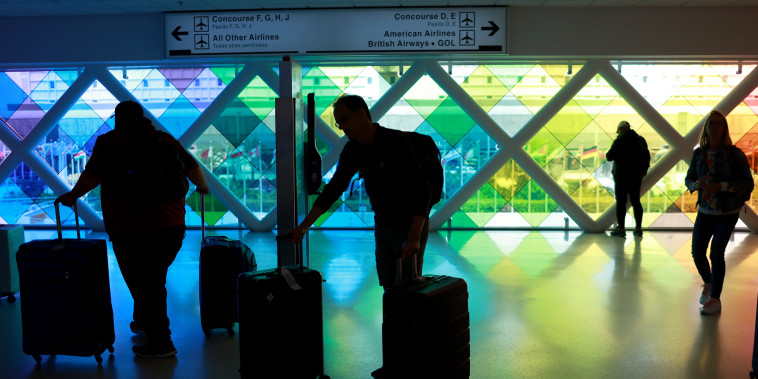The aviation industry has been a crucial part of global transportation for decades, connecting people and goods across continents with remarkable speed and efficiency. With the rise in air travel demand reaching unprecedented levels, airlines are increasingly grappling with the complexity of balancing operational costs and profitability.
One key factor contributing to the surge in air travel demand is the growing global middle class, particularly in emerging economies. As more people rise out of poverty and attain higher disposable incomes, the desire for travel has skyrocketed. This trend has been further amplified by the rise of budget airlines, offering affordable fares and opening up new possibilities for a broader demographic of travelers.
While the increasing demand for air travel is a positive development for the industry, airlines are facing significant challenges in maximizing their profitability. One major obstacle is fluctuating fuel prices, which have a substantial impact on operating costs. The volatile nature of fuel prices makes it challenging for airlines to predict and manage their expenses effectively, especially in a competitive market where pricing strategies play a critical role in attracting customers.
In addition to fuel costs, airlines also have to contend with other operational expenses, such as maintenance, labor, and airport fees. These costs can quickly add up, putting pressure on airlines to find ways to streamline their operations and optimize efficiency. Moreover, unexpected events like natural disasters, geopolitical tensions, or public health crises can disrupt travel patterns and further strain airlines’ financial health.
Despite the challenges, airlines have been exploring innovative solutions to enhance their profitability in the face of increasing air travel demand. One strategy that several airlines have adopted is the introduction of ancillary fees, such as charging for checked baggage, seat selection, or onboard meals. By diversifying their revenue streams beyond ticket sales, airlines can offset some of the cost pressures and boost their bottom line.
Another approach that airlines are taking to improve profitability is investing in modernizing their fleets with fuel-efficient aircraft. Newer models are not only more environmentally friendly but also help reduce fuel consumption, thus lowering operating costs in the long run. Additionally, airlines are leveraging advancements in data analytics and artificial intelligence to optimize routes, pricing strategies, and marketing campaigns, enabling them to make more informed decisions and enhance their revenue-generating capabilities.
In conclusion, the surge in air travel demand presents both opportunities and challenges for airlines seeking to maximize their profitability. While the industry continues to evolve in the face of changing market dynamics and cost pressures, airlines that innovate, adapt, and invest in strategic initiatives are better positioned to harness the growth potential of air travel and thrive in an increasingly competitive landscape.

